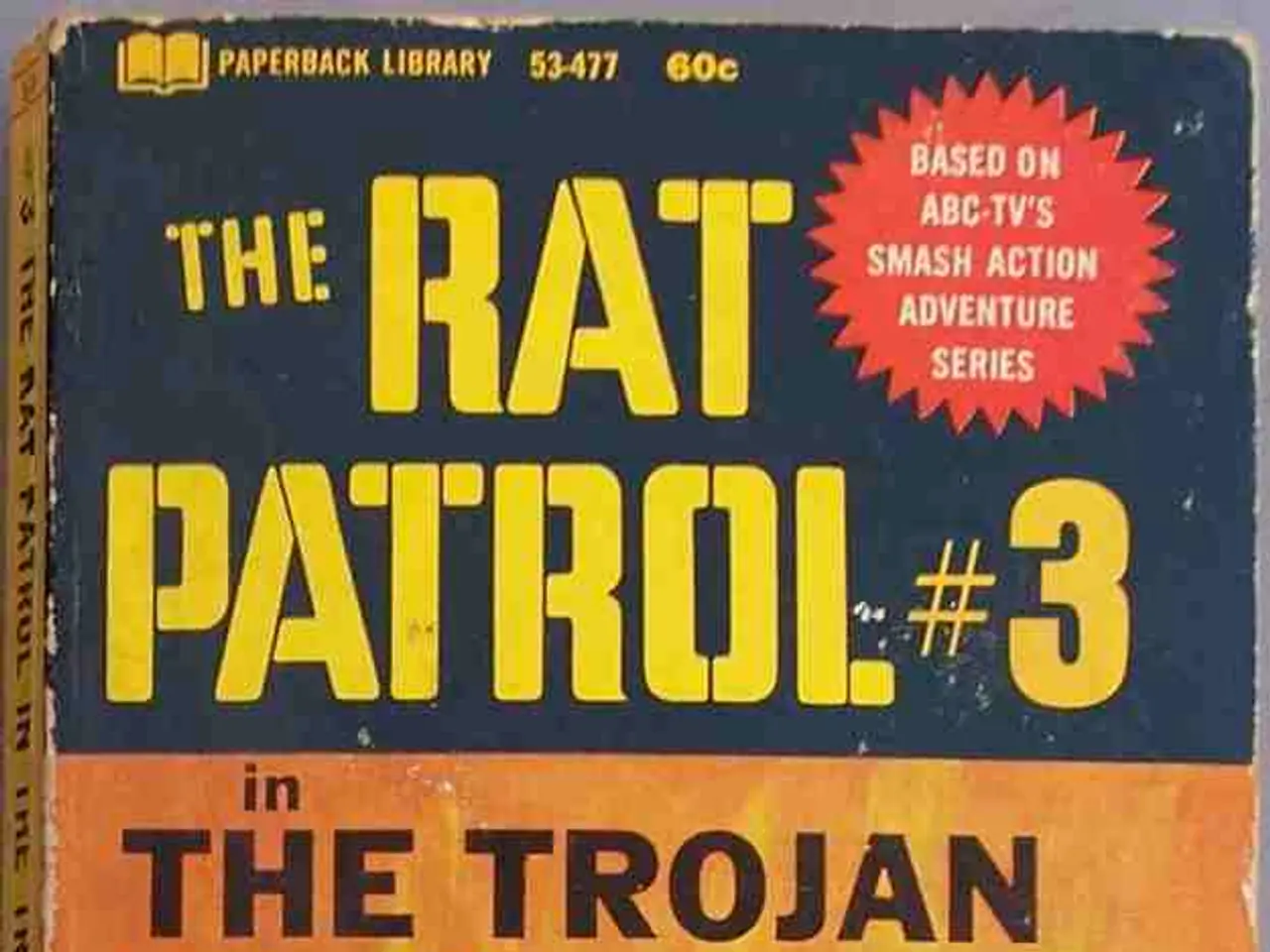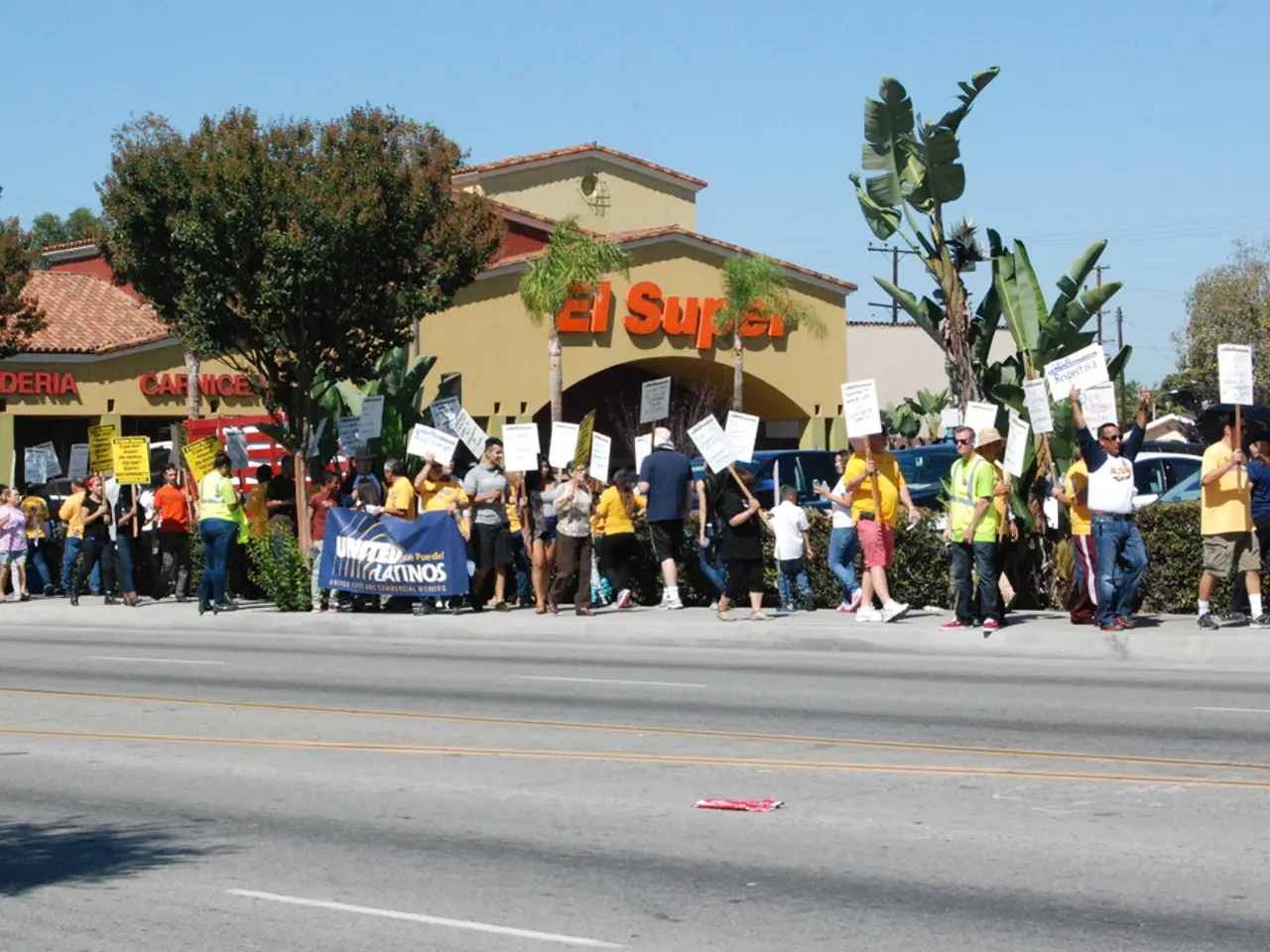Fortifying Mariupol's Defense
======================================================================================
In the heart of the siege of Mariupol, Ukrainian forces faced an overwhelming challenge as they defended a shrinking perimeter, with a command post at the Azovstal steel plant. One of the soldiers who experienced this firsthand was Sergeant Arseniy Fedosiuk.
John Spencer recently spoke to Sergeant Fedosiuk about his combat experience in Mariupol, which is featured in an episode of the Urban Warfare Project Podcast. The discussion sheds light on the unique challenges of urban warfare against a numerically and materially superior force.
The siege of Mariupol, which lasted from February to May 2022, saw Russian forces encircle the city and overwhelm Ukrainian defenders with superior manpower and firepower, cutting off supplies and reinforcements. The city's infrastructure was extensively damaged, with about 90% of housing destroyed, making combat in the urban terrain particularly challenging. Ukrainian troops held out notably inside the Azovstal steelworks, which became a symbol of desperate, close-quarters resistance.
As the battle raged, Ukrainian soldiers had to operate alongside trapped civilians sheltering underground, restricting movement and engagement options. Civilians endured extreme deprivation, suffering heavy casualties, forcing defenders to balance military necessity with protection of non-combatants.
The psychological strain and moral dilemmas faced by soldiers during this time were immense. Brutal combat, shortages of food and medicine, and witnessing widespread destruction and death took a heavy toll. In some cases, Ukrainian troops interacting with civilians were described as stern or rude, reflecting the intense stress and complexity of maintaining order under siege.
Despite overwhelming odds, Ukrainian forces utilized urban terrain tactically to slow Russian advances, conducting close combat and guerrilla actions. However, many Ukrainian defenders were eventually captured, underscoring the harsh reality of fighting a superior force in a fixed position.
Sergeant Fedosiuk's story, as shared in the Urban Warfare Project Podcast, highlights the extraordinary difficulties inherent in urban defense against a larger invading force, including protracted close-quarters combat, civilian protection amidst devastation, and the psychological and logistical hardships of siege warfare.
The Urban Warfare Project Podcast is available on various podcast platforms, including Apple Podcasts, Stitcher, Spotify, TuneIn, and others. To find the specific episode featuring Sergeant Fedosiuk, search for it on your preferred podcast platform. If you enjoy the podcast, consider leaving a review or giving it a rating on your preferred platform.
- Urban warfare, warfare, and war-and-conflicts were significantly depicted in the Mariupol siege, where Ukrainian forces faced a numerically and materially superior Russian force in close-quarters combat for months.
- The Mariupol conflict, a striking example in general-news and politics, showcased the psychological and logistical challenges associated with urban warfare, civilians' plight, and the moral dilemmas faced by defenders in creating a balance between military duties and humanitarian protection.







